
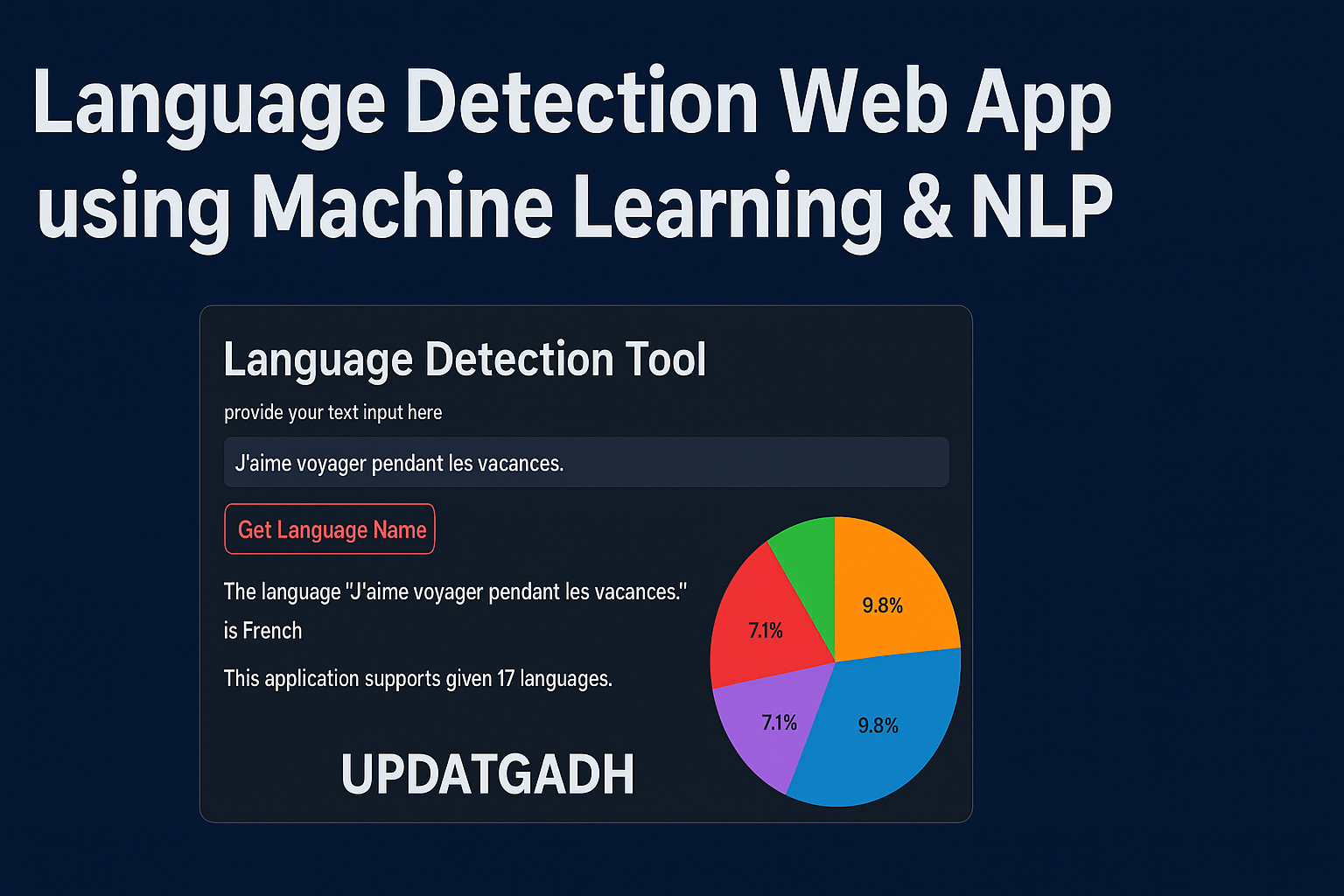
Best Language Detection Web App using Machine Learning & NLP
Language Predictor
Overview
Language Detection is an advanced machine learning application built to accurately identify and classify the language of any given text. Using Natural Language Processing (NLP) techniques—particularly the TfidfVectorizer—it transforms raw text into numerical features, which are then processed by a trained model for precise predictions.Developed with Streamlit, this tool offers a clean, interactive interface, making it easy for users to input text and instantly see results. Its adaptable design makes it suitable for research, analytics, and real-time applications, providing a professional-grade multilingual detection solution.
Project Details
| Attribute | Details |
|---|---|
| Project Name | Language Detection |
| Language/s Used | Python |
| Type | Web Application |
Download New Real Time Projects :-Click here
Technology Stack & Methodology
Core Machine Learning Approach
The heart of this project lies in the TfidfVectorizer from scikit-learn. This method transforms text data into a weighted numerical representation based on two key factors:
- Term Frequency (TF): How frequently a term appears in a single document.
- Inverse Document Frequency (IDF): How rare a term is across all documents.
By combining these metrics, the model ensures that frequently used words in general text (e.g., “the”, “and”) get lower importance, while rare and context-specific terms receive higher significance.
Advanced Parameterization
- ngram_range=(1,2): This setting ensures both unigrams (single characters) and bigrams (two-character sequences) are considered, improving the detection of short words, misspellings, and language-specific character patterns.
- analyzer=’char’: Instead of focusing on word-level features, the model uses character-level features. This is particularly effective for multilingual detection because many languages have unique letter combinations or scripts.
The result is a model that can handle a diverse set of inputs, even if the text is short or contains spelling variations.
Application Workflow
- Data Loading – The project uses a dataset (
Language Detection.csv) containing text samples in multiple languages for model training and evaluation. - Text Preprocessing – Each input is cleaned and normalized before being passed into the vectorizer.
- Feature Extraction –
TfidfVectorizerconverts the processed text into numerical features. - Model Prediction – A pre-trained model (
model.pckl) predicts the language of the input text. - User Interface – Built using Streamlit, the interface allows users to enter text, receive predictions instantly, and view related probability scores.
Available Features
- Interactive Web Interface – A responsive and simple-to-use interface for entering text and viewing predictions.
- Multilingual Support – Detection of multiple languages using a single trained model.
- Character-Level Analysis – Enhanced performance for short text inputs and languages with unique alphabets.
- Pre-trained Model – The model is ready to use without requiring retraining.
- Lightweight Deployment – Runs efficiently with minimal computational resources using Streamlit.
Potential Use Cases
While the current implementation is streamlined for demonstration purposes, it can be extended for:
- Customer Service Applications – Automatically detecting the language of user queries.
- Content Categorization – Organizing multilingual data streams for analytics.
- Educational Tools – Assisting in learning and identifying languages.
- Social Media Monitoring – Filtering content based on detected language patterns.
Professional Implementation Standards
This project follows professional development practices:
- Structured Codebase – Logical separation of data, model, and interface scripts.
- Pre-built Model File – Eliminating the need for initial training before usage.
- Cross-Platform Compatibility – Compatible with all major operating systems.
- Clear Requirements File – The
requirements.txtfile lists all necessary dependencies for seamless setup.
We have projects Available in all languages:–Click Here
Conclusion
The Language Detection project is a precise, well-structured, and scalable solution for language detection tasks. Its combination of character-level n-gram analysis and TF-IDF vectorization makes it robust for real-world multilingual scenarios. With its professional architecture and practical features, it stands out as a reliable web application for text-based language classification.
language-detection-using machine learning github
language-detection using nlp github
language detection using nlp research paper
language detection using machine learning project
language detection project
language detection using machine learning code
language detection dataset
language detection nlp python
language detection web app using machine learning & nlp github
language detection web app using machine learning & nlp download







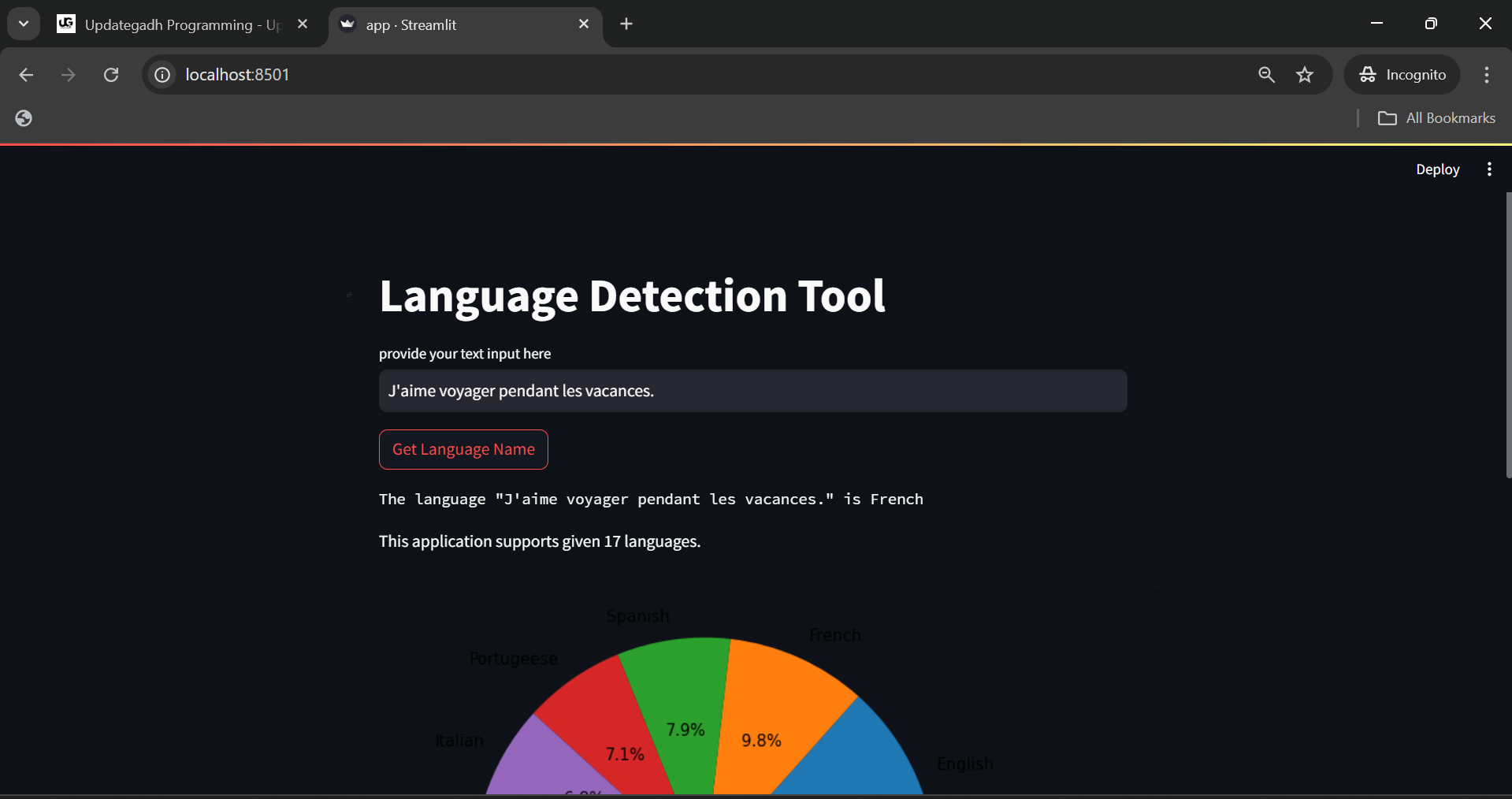
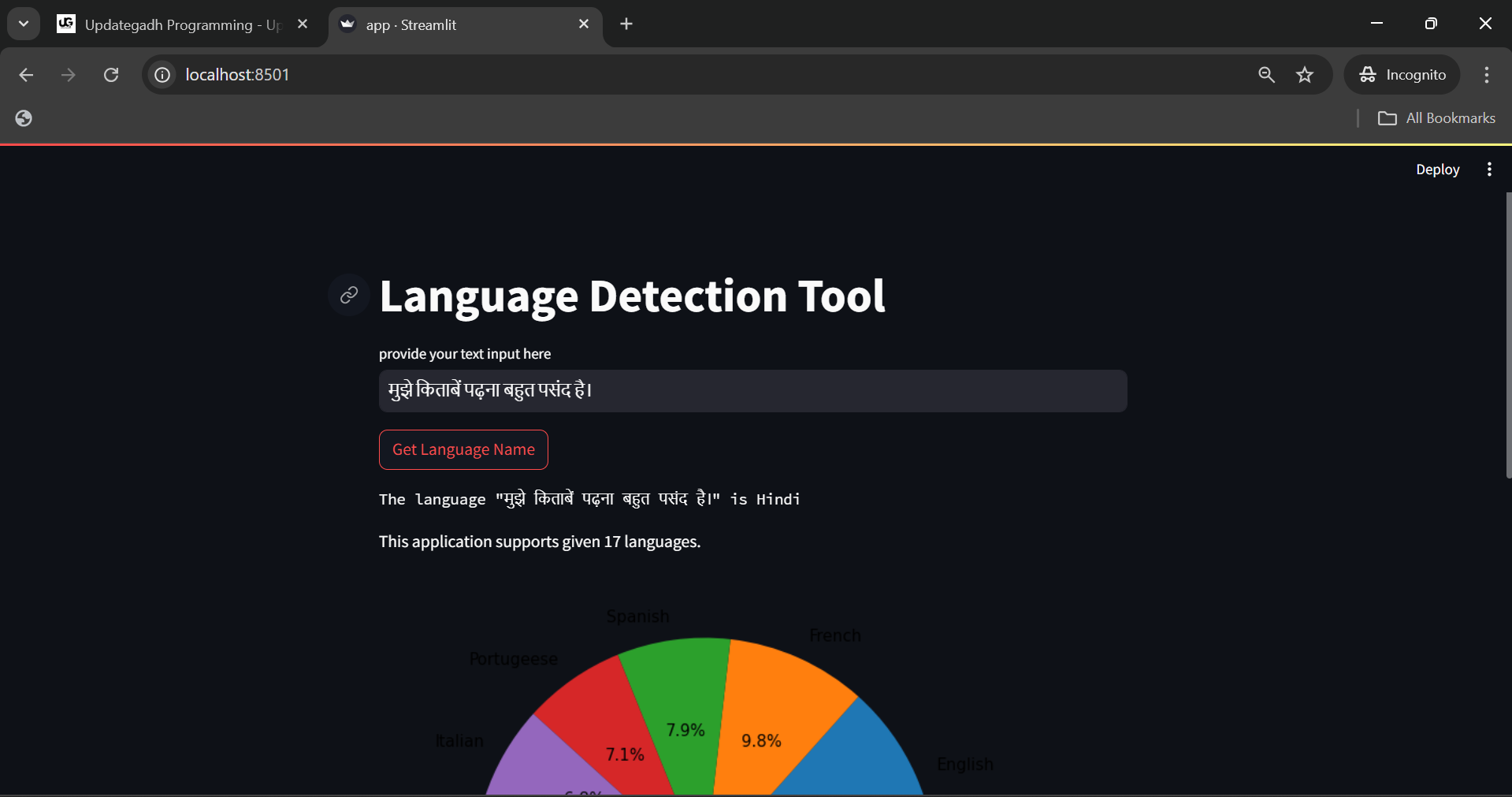
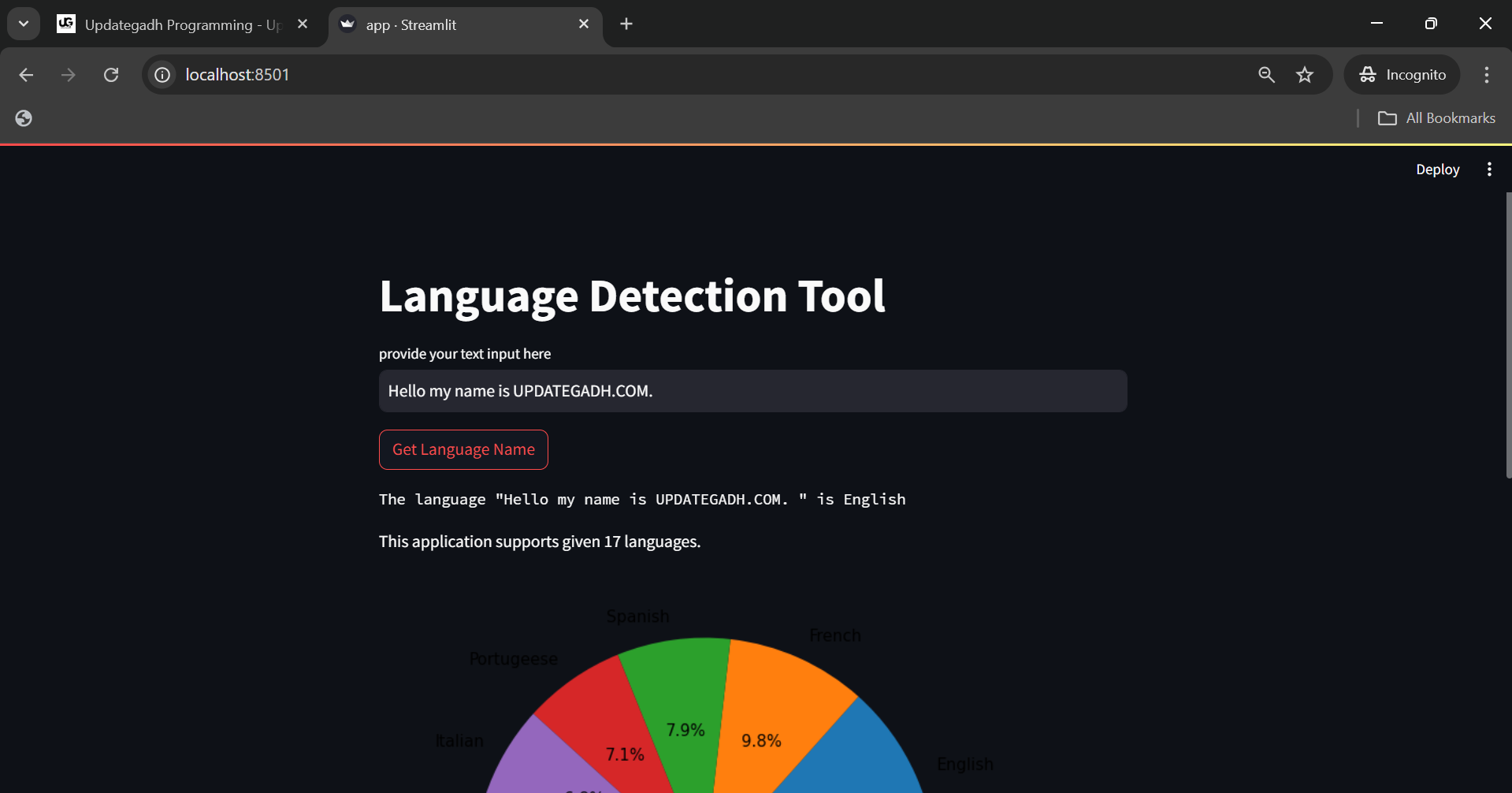
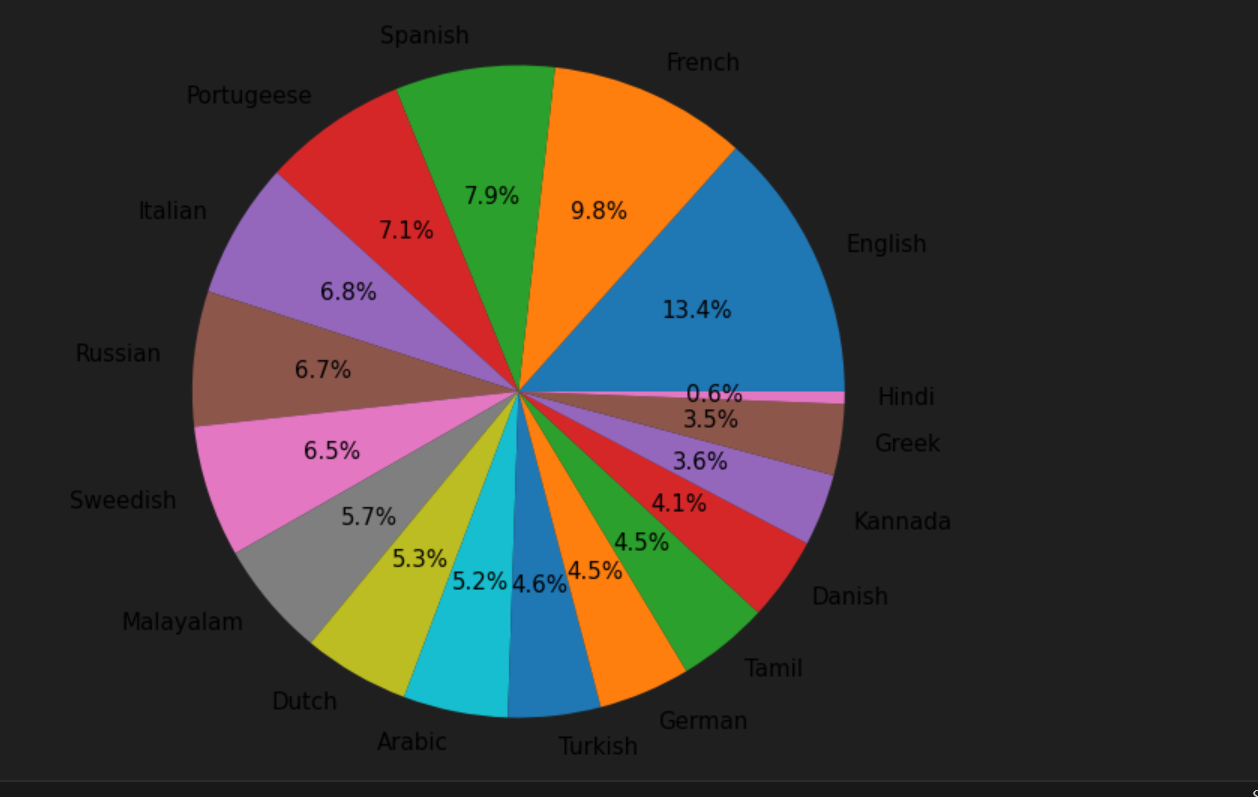
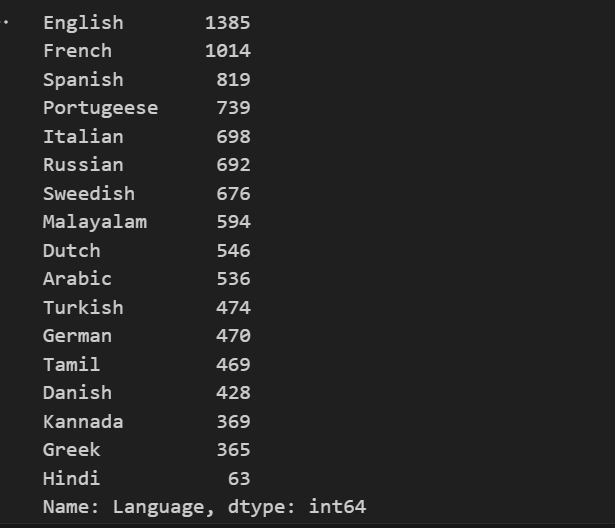
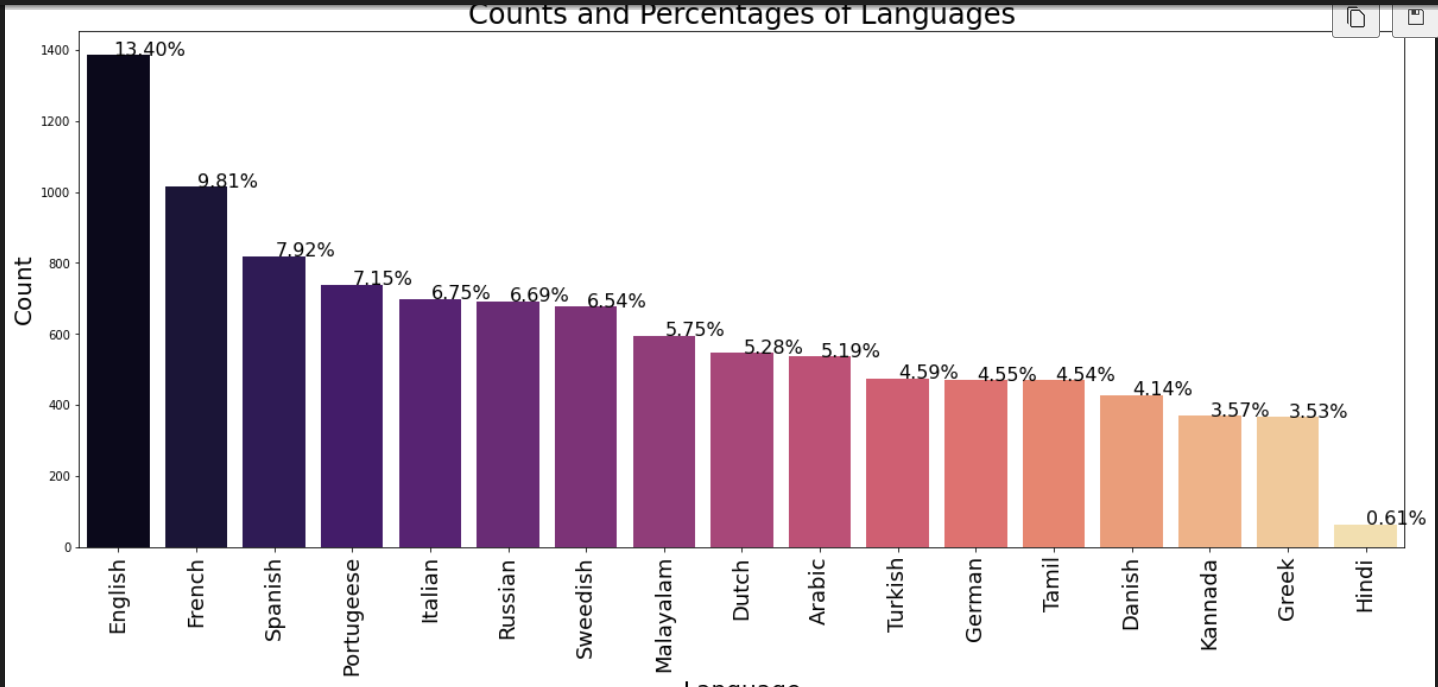
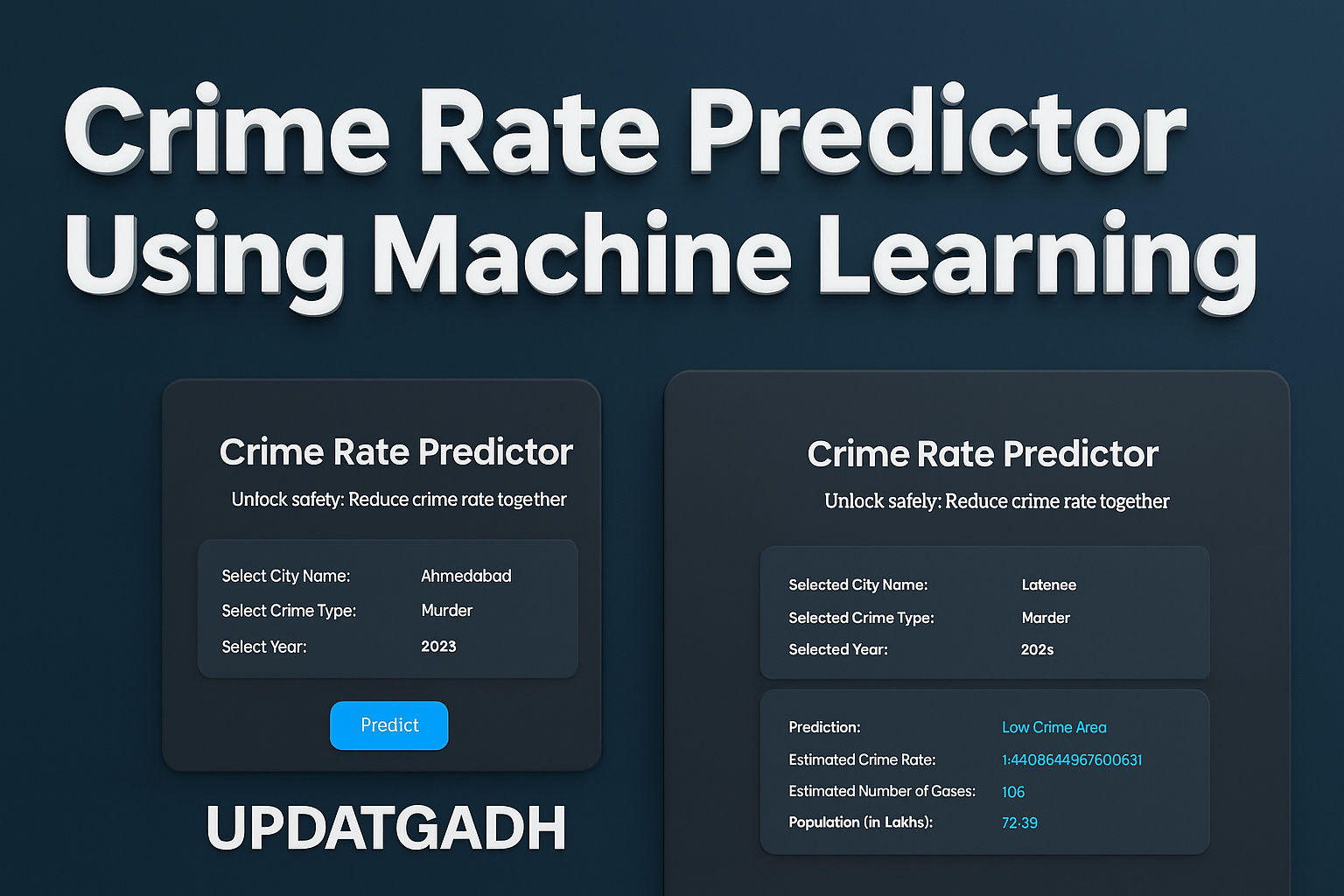


Post Comment